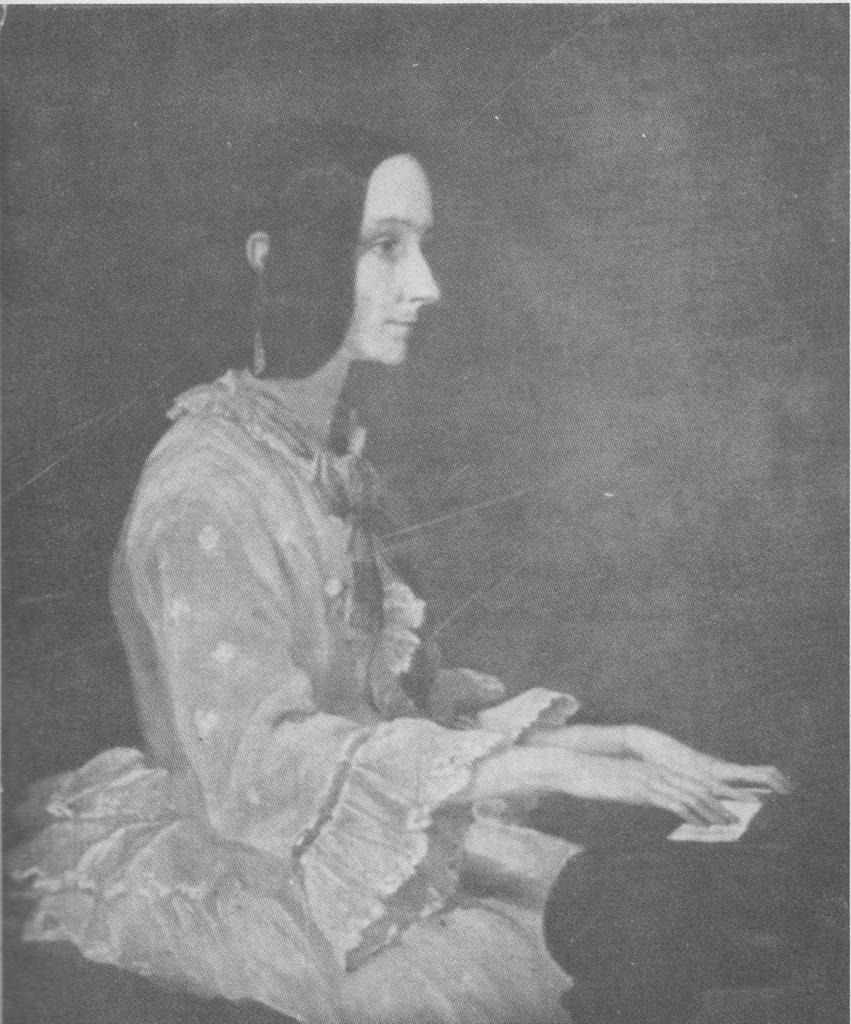
- Introduction:
- Born in 1815, she was the daughter of famous Romantic poet Lord Byron and baroness Anna Isabelle Milbank (Carlucci Aiello pp. 58-59, Jaeger p. 72). Lovelace is celebrated as the first computer programmer and is known “for her work with Charles Babbage on the Analytic Engine” (Carlucci Aiello pp. 59).